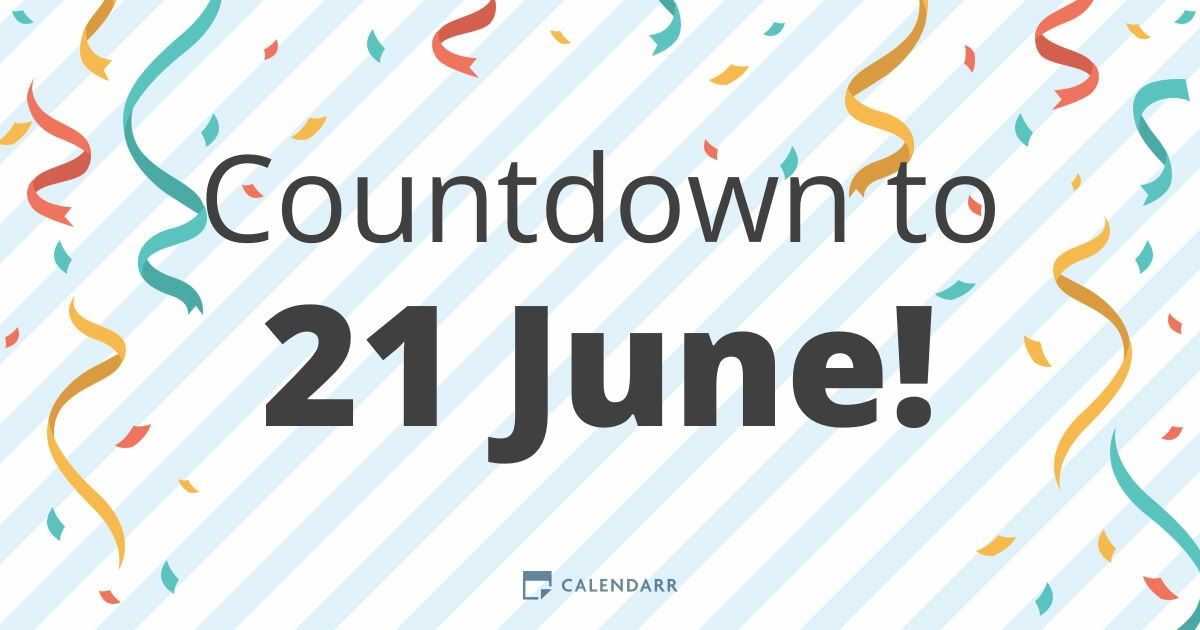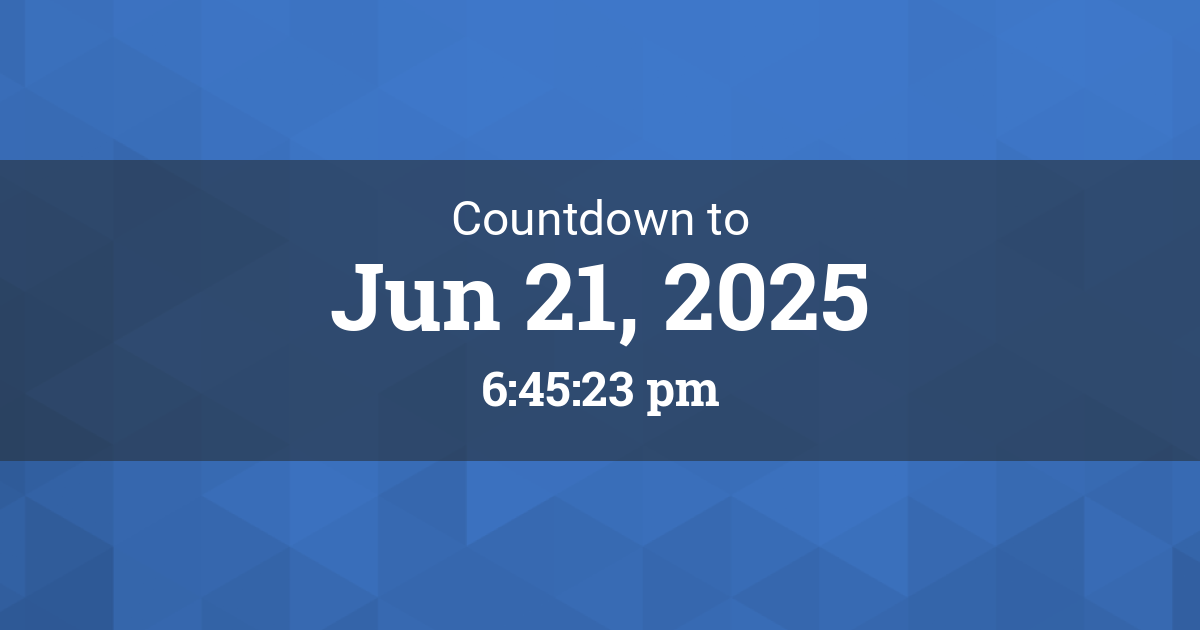Man, I gotta tell you, this whole project started with a stupid argument. Forget the fancy coding, forget the math for a second. It was just me and my buddy, Dave, sitting around in April, arguing about when summer actually kicks off. He kept shouting, “June 1st, always been June 1st, that’s what the calendar says!” I knew that was rubbish. Meteorological summer, sure, but the real, astronomical deal—the Solstice—that thing moves. It’s usually the 20th or 21st, and the exact minute matters if you’re trying to be precise.

I got really annoyed because every calendar app on my phone just slaps a big ‘June 21st’ label on the whole day. But that’s useless. The Solstice is an instantaneous event. It’s when the Earth’s tilt is maximized relative to the Sun. I wanted the exact UTC timestamp for my location, converted precisely. I decided then and there: I would build a countdown that was accurate, not just a day marker.
The Messy Start: Digging Up Forgotten High School Physics
I started by trying to pull the data. I figured the easiest way would be to just grab an API or scrape NASA’s site. Nope. Too easy, too fragile. APIs break. I wanted something I could rely on, year after year, even if the internet exploded.
So, I dove deep into the weeds. I opened up my dusty old textbooks and started re-learning basic orbital mechanics. I was hunting down the formulas for calculating the specific moment of the Solstice. It involved understanding Julian dates, the mean anomaly of the Sun, and all sorts of other astronomical jargon that I hadn’t thought about since I was eighteen. It was awful, honestly. My head hurt.
I quickly realized that getting perfect precision requires constantly updating parameters (like the exact wobble of the Earth), which is overkill for a personal countdown. But I could get damn close—within a minute—by implementing the generalized formulas and manually updating the starting epoch data for 2024.
- I scratched out the basic calculation in a spreadsheet first, just to verify the math wasn’t completely off.
- Then I switched to a local Python script. I didn’t bother with fancy libraries. I just used the built-in `datetime` tools and wrote crude functions to handle the conversions.
- I had to account for daylight savings time shifts and make sure my local time conversion didn’t screw up the raw UTC input I was calculating. That step alone took about five hours because I kept forgetting that 2024 is a leap year.
The code was ugly. Like, really ugly. It looked like someone spilled alphabet soup into a terminal window. But when I ran it, it spat out the predicted time for my timezone, down to the second. That felt good. I had cracked it without relying on some third-party widget.

Why the Precision Matters: A Story About a Near Divorce
Now, you might be thinking: why go through all that hassle just to win an argument with Dave? Well, this is where the personal side of things kicks in, and it’s why I take calendar precision so seriously now.
Three years ago, I had a spectacular professional failure that directly caused an even more spectacular personal failure. I was working on a massive infrastructure upgrade at my old company. The projected bonus for successful completion was huge—enough to pay off my car. The deadline for the phase I was managing? June 21st.
What I completely forgot was that my wife and I had our own personal milestone tied to the Solstice. We always celebrated something specific on the longest day of the year. I was so tunnel-visioned on the 3 PM cutoff for the server migration that I didn’t book anything. Didn’t buy a gift. Didn’t even send a text.
I finished the migration, felt like a hero, came home ready to celebrate the bonus that was surely coming. Instead, I walked into a wall of silence. She had everything planned out—except I wasn’t there mentally. We had a huge fight. The kind of fight where you genuinely think you’ve ruined everything.
The kicker? That big bonus? Two days later, the company announced a sudden shift in strategy. The entire project got shelved, and the bonus structure was dissolved. I got zero payout. Zero money, and a relationship that was seriously strained. I spent the next two months sleeping on a lumpy sectional sofa because I missed a critical date.
That taught me that if a system can give you the absolute, precise moment of a deadline—whether it’s technical or personal—you better use it. Relying on “June 21st sometime” is just asking for trouble.
The Final Output: A Countdown That Yells at Me
So, I took that nasty Python script, and I packaged it. I built a simple web page—no heavy frameworks, just raw HTML, a bit of JavaScript to handle the live countdown ticking, and the calculation running on the backend to feed it the precise epoch time.
It’s not designed to be beautiful. It’s designed to be functional and accurate. When you look at it, you see the hours, minutes, and seconds ticking down to the exact calculated moment of the Solstice for our latitude.
It’s running right now, constantly refreshing, constantly screaming at me that June 21st is coming, and that the precise moment matters. It’s my little personal sentinel against professional tunnel vision and domestic forgetfulness. It solved the initial technical problem, and more importantly, it solved a personal existential crisis. And yeah, I showed Dave the exact time it was happening, and he finally shut up about June 1st.
It’s messy, it’s specific, and it’s built on a foundation of professional and personal failure. But damn it, it’s precise. And that’s what matters.

